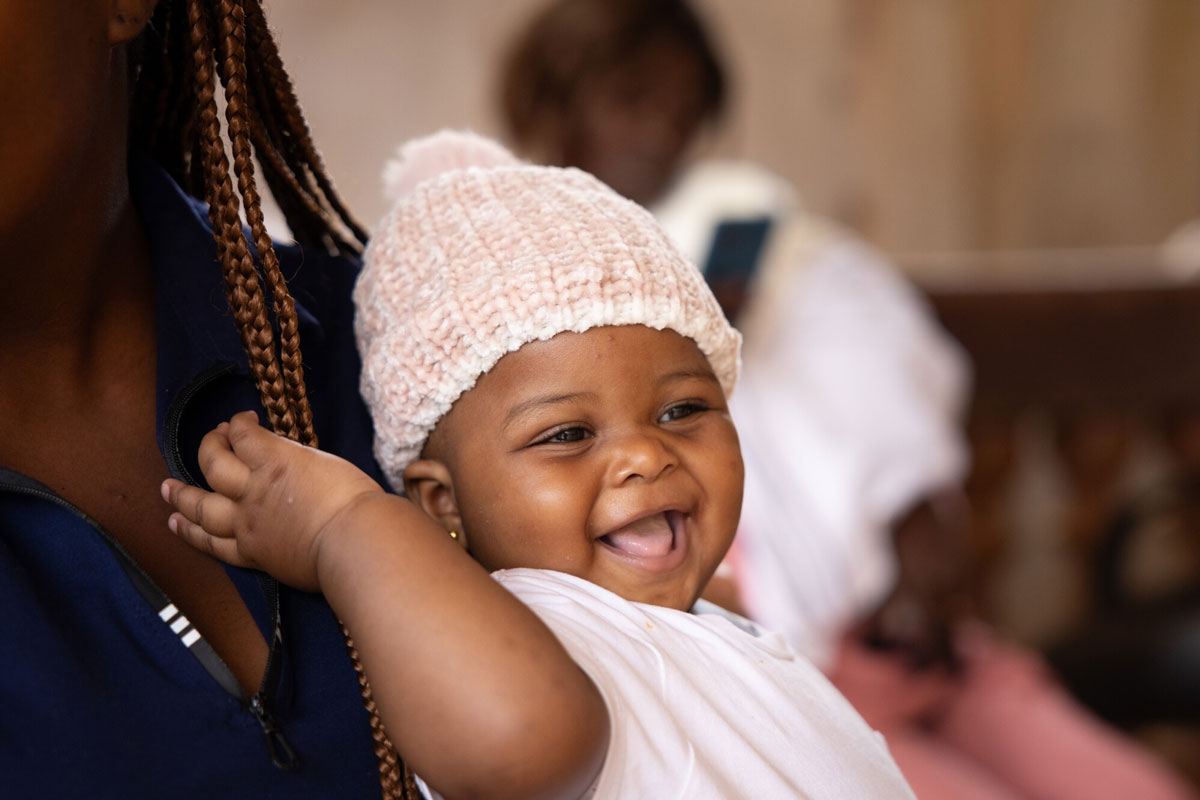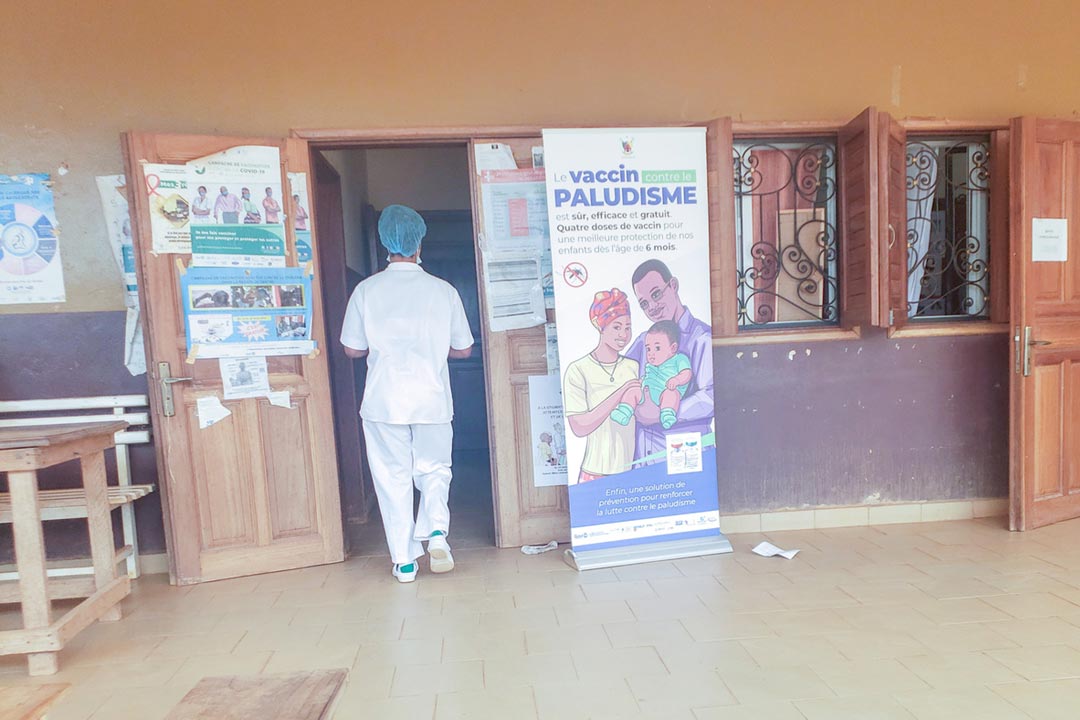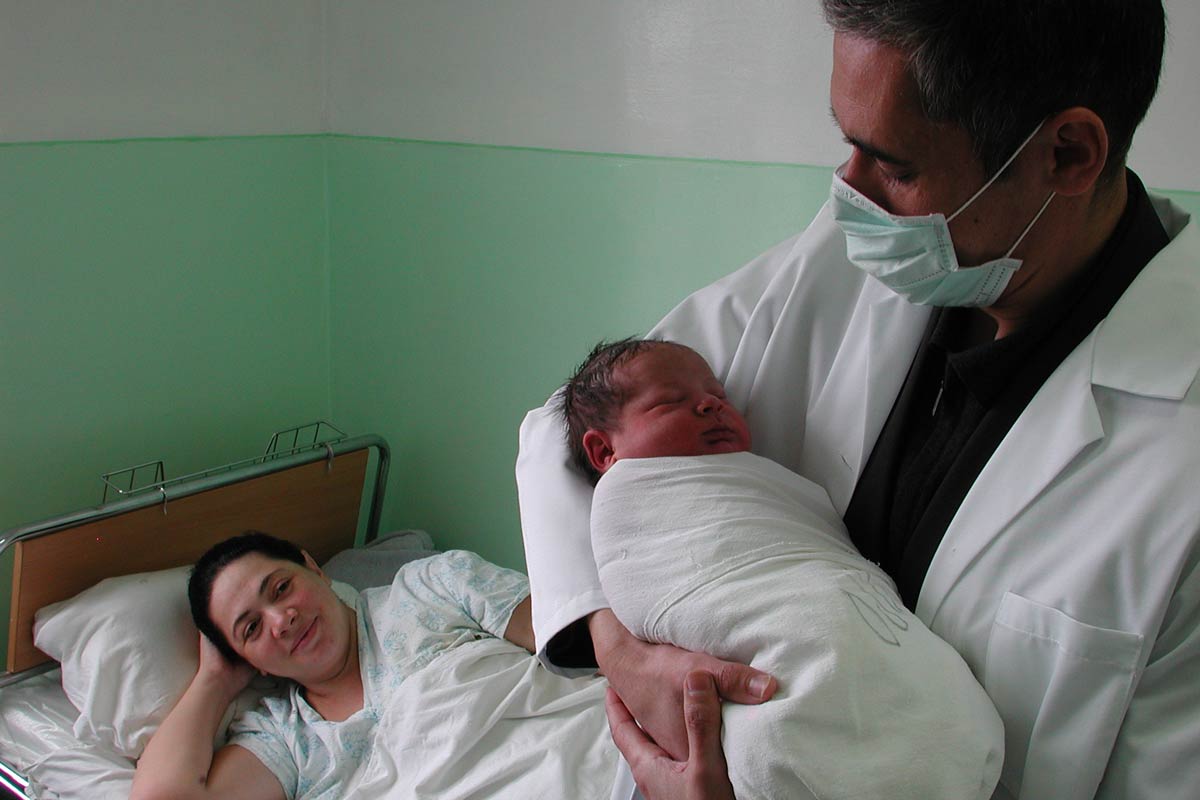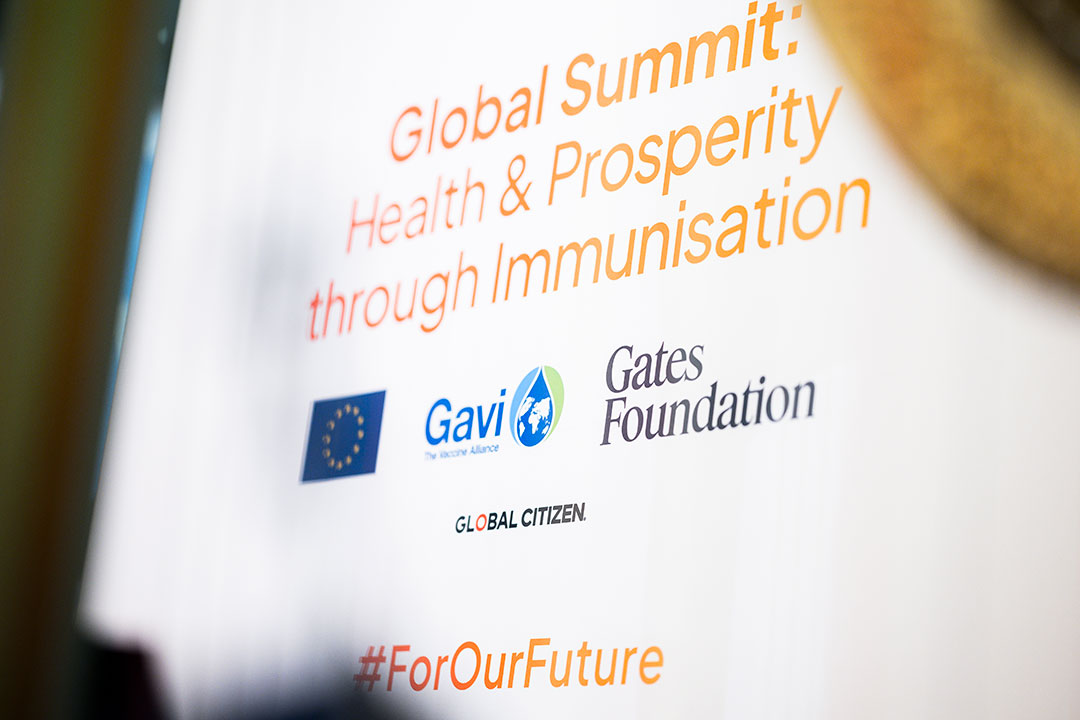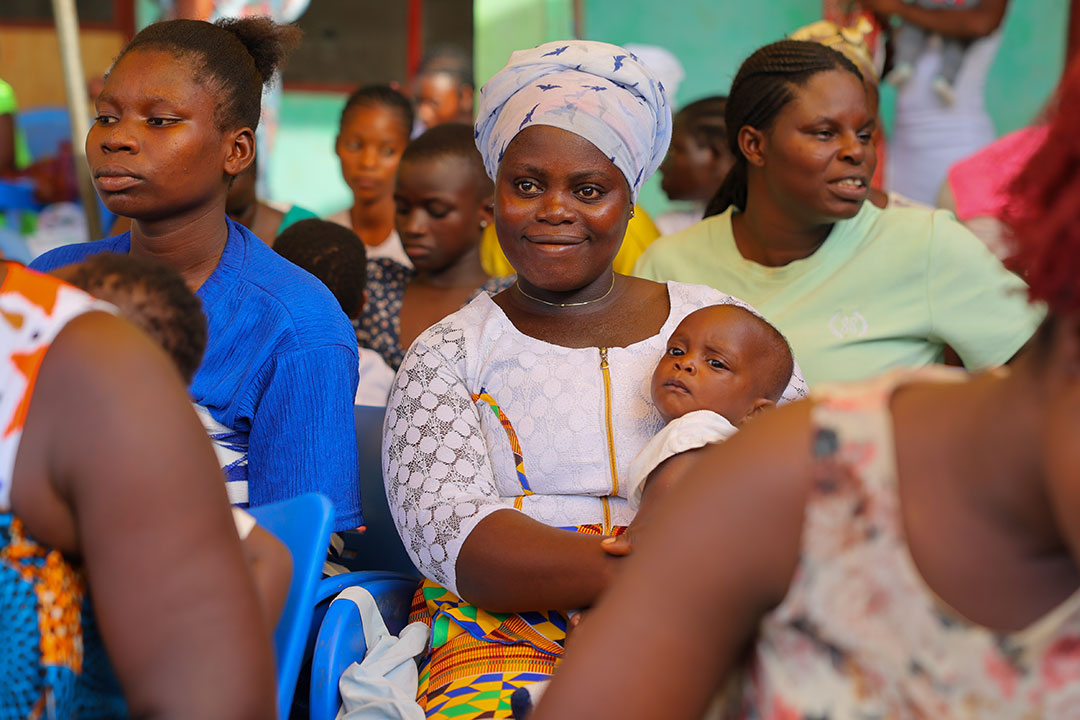In Cameroon’s rugged Eyumojock, reaching the unimmunised is an uphill battle
What does ‘hard-to-reach’ really mean? In one of Cameroon’s least-vaccinated areas, Akem Olives Nkwain finds out.
- 15 April 2025
- 4 min read
- by Akem Olives Nkwain
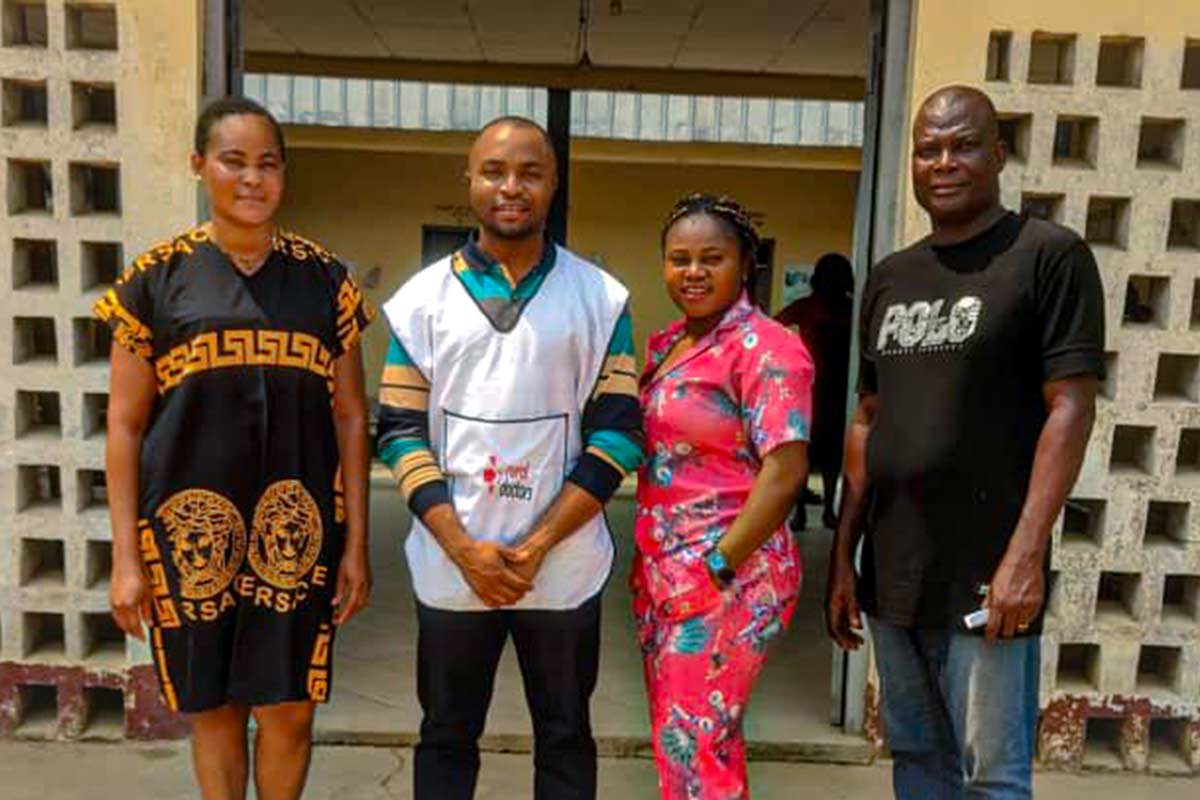
“This health district is one of the health districts with the highest number of zero-dose children,” said Ghangha Jamin Ghangha, speaking of Eyumojock, in Cameroon’s Southwest Region. He’s not alone in working on changing that.
The district’s varied and striking landscape poses natural challenges for healthcare access. The north and south of the district feature ridges and hills. The eastern section is cut by the Munaya river. “Settlements are sparse, and the road network deteriorates during the rainy season, complicating the transportation of vaccines, medications and other essential supplies. Addressing these infrastructure issues is crucial for improving vaccination rates and overall health outcomes in the Eyumojock district,” said Ghangha.
Ghangha, a public health expert working with Rural Doctors, a non-profit organisation dedicated to addressing health equity gaps in remote and vulnerable parts of Cameroon, has been working in partnership with Eyumojock Health District for years.
Their joint project – of catching up the backlog of unprotected children – has proved an uphill challenge. In 2024, the Health District set an ambitious goal of immunising at least 1,358 children aged 0 to 11 months. By year’s end only 415 children had received those essential vaccinations.
A closer look at “hard-to-reach”
That shortfall was largely attributed to widespread vaccine hesitancy, accelerated by a misinformation storm that gathered momentum amid the COVID-19 pandemic. But even before that, an ongoing armed conflict between the Cameroonian government and separatist movements – known as the Anglophone Crisis – rattled the connection between public services and the community in affected regions.
The conflict, which started in 2016 when teachers and lawyers went on strike in protest at the conditions facing the English-speaking minority in a Francophone-dominated country, soon morphed into open discord. As the crisis has dragged on, access to healthcare has taken a hit.
“Persistent violence due to the crisis has severely impacted routine immunisation efforts and disease surveillance activities. Frequent gun battles, extended lockdowns, and the establishment of ghost towns have resulted in many mothers missing scheduled vaccinations for their children. Unfortunately, many do not return to healthcare facilities once the situation stabilises, posing a significant setback to immunisation efforts,” said Ghangha.
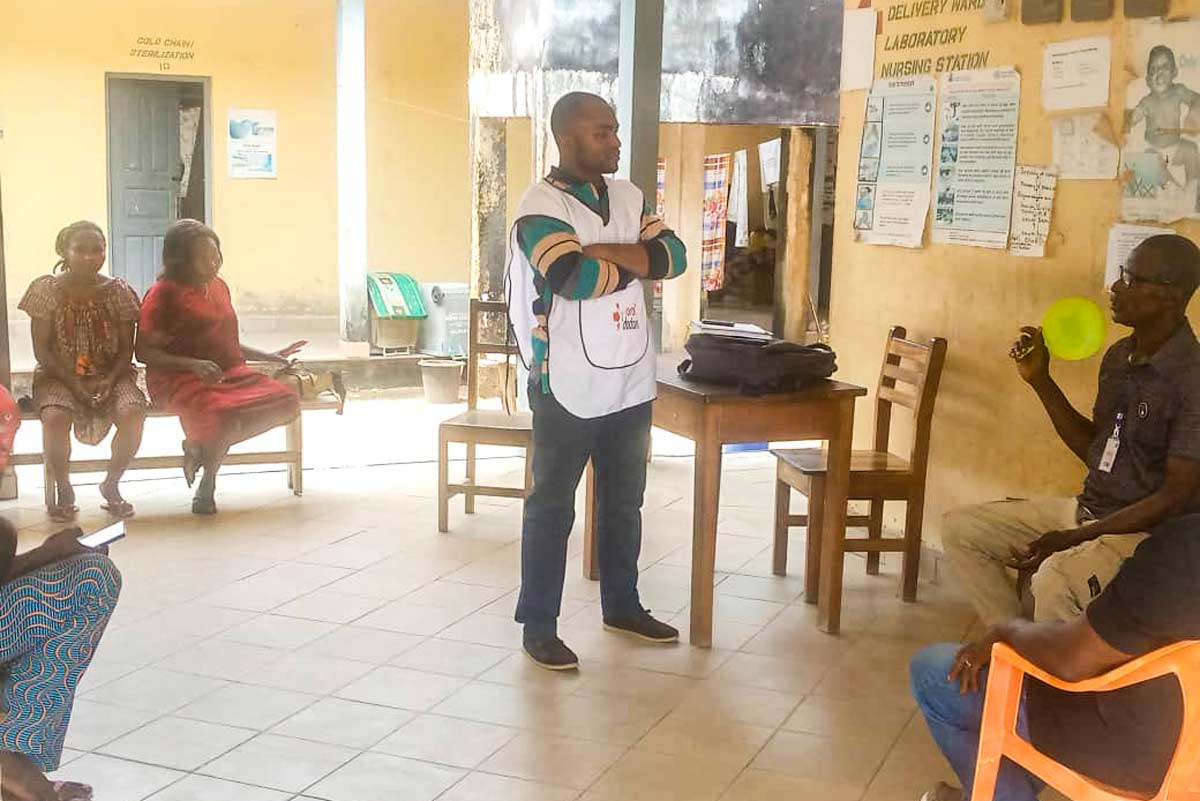
“The security classification has designated Eyumojock health district as a red zone for the past eight years, suggesting that the situation is highly volatile and subject to change,” Ghangha explained.
Odette Manyi Tabot, Chief of the Centre of Ekok Health Area, highlights that another challenge in reaching zero-dose and under-vaccinated children is the constant movement of people in and out of the area. “Ekok and the neighbouring communities are located near the border, which complicates our efforts to track these children. Additionally, poor road conditions and security issues often hinder our ability to deliver services to these communities and discourage parents from making the risky journey to vaccination appointments,” Manyi explained.
Outbreaks follow
Dr Mokube Nabereya Itoe, district medical officer (DMO) of Eyumojock Health District, emphasises that the risks linked to under-vaccination in his zone are “tremendous”. They include potential outbreaks of diseases such as polio, measles, and yellow fever, which can have severe consequences for vulnerable populations, especially children aged 0–5 years.
“Two years ago, we had a measles outbreak in the Eyomujock health district. With the support of the regional delegation of public health and partners, we successfully contained it,” he said.
As the Eyumojock Health District continues to grapple with these obstacles, Ghangha and Manyi say the need to find effective strategies to combat vaccine hesitancy and restore healthcare services has become increasingly urgent.
“Our specific strategy centres on community engagement through door-to-door vaccination drives and mass sensitisation efforts to highlight the importance of vaccination,” explains Manyi.
“To improve vaccination rates, our intervention has engaged community leaders, women's associations and religious figures to create a referral pathway that encourages mothers to stick to vaccination schedules. This initiative raises awareness about the risks of skipping vaccinations. As a result, more mothers are accessing the limited mother-and-child units for vaccinations in the Eyomujock community, signalling a positive shift from past trends,” notes Ghangha
Have you read?
Playing catch-up
In addition to other measures, Dr Mokube states that the district is leveraging periodic supplementary vaccination activities to reduce the number of zero-dose and under-vaccinated children.
“One such activity is the Big Catch-Up vaccination campaign, which commenced on 7 March 2025. Currently, three health areas with the highest numbers of zero-dose and under-vaccinated children are involved: Afap, Eyomujock and Ekok health areas.” Thanks to resources made available for these campaigns, we were able to reach children with the routine vaccines,” he added.
